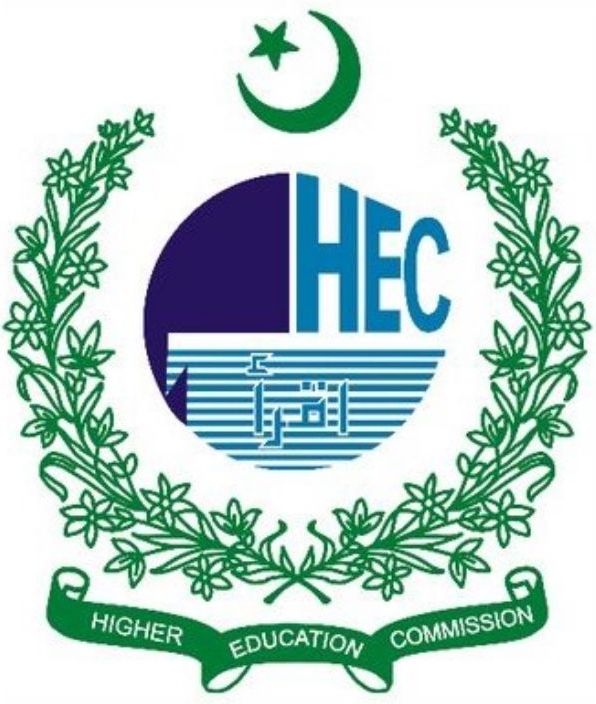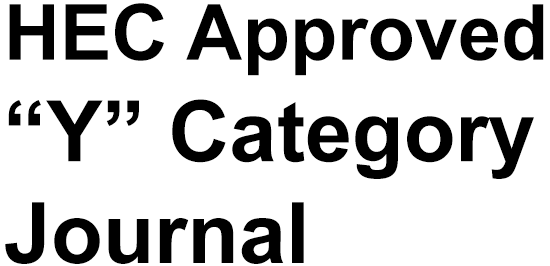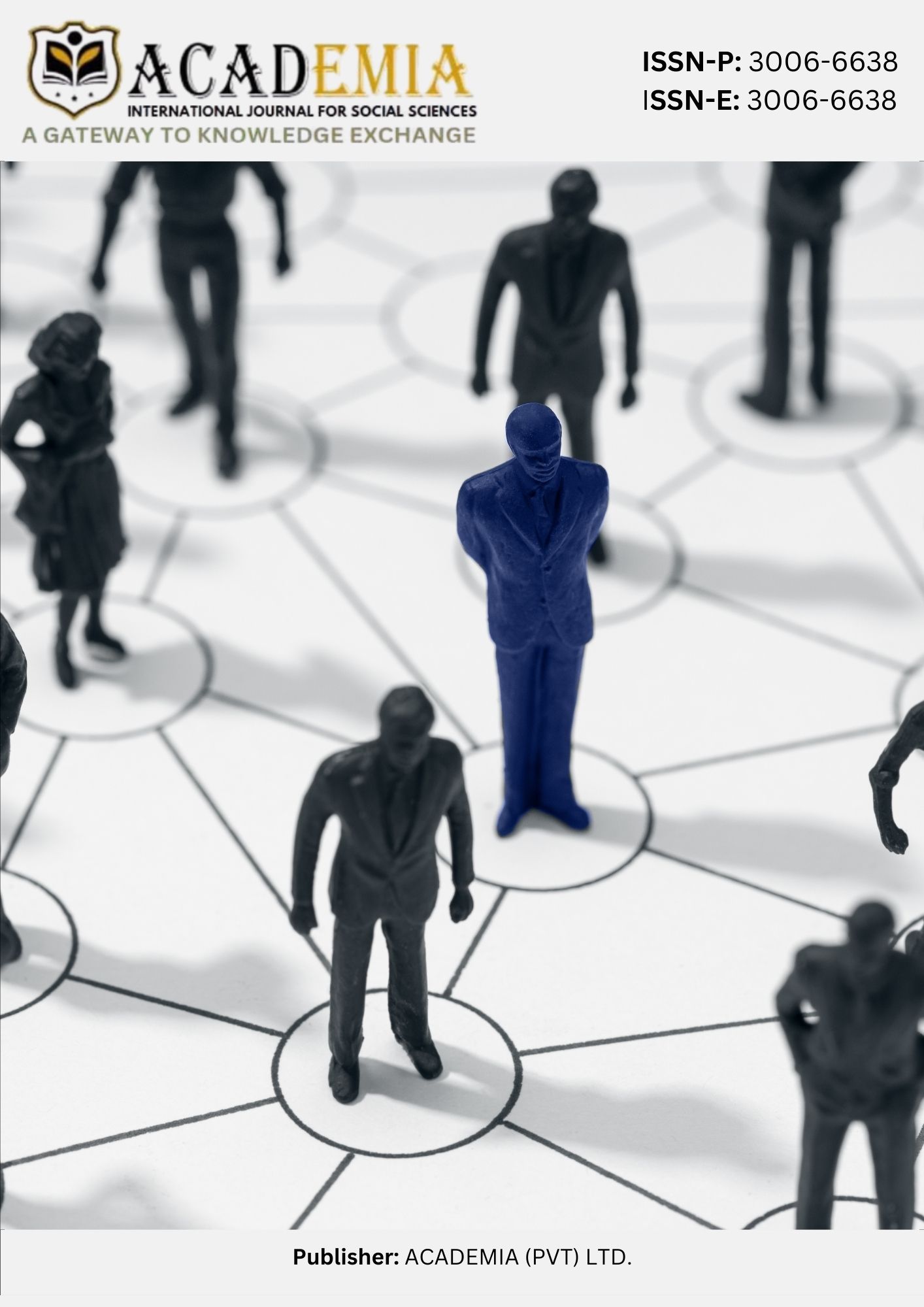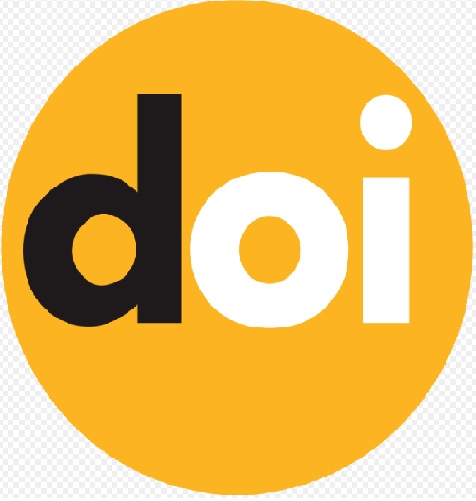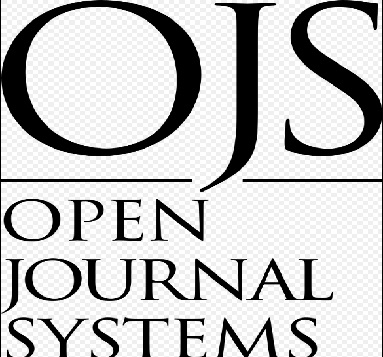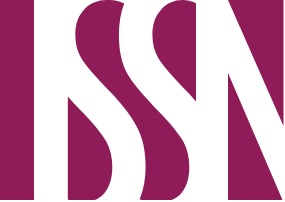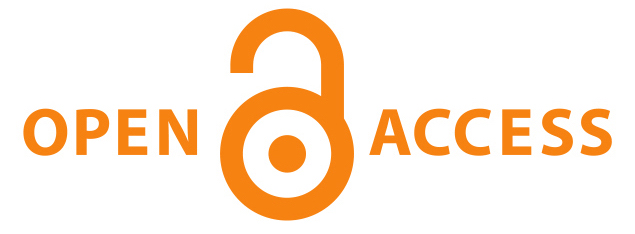The Role of Social Capital in Shaping Educational Outcomes: Implications for Public Policy
DOI:
https://doi.org/10.63056/ACAD.004.03.0854Keywords:
Social capital, educational outcomes, family support, peer influence, community support, demographic analysis, ANOVA, academic success, student performance, learning environment.Abstract
This study examined the relationship between social capital factors and educational outcomes among students by using a quantitative research design. Data were collected through a structured questionnaire from a representative sample of students, and statistical methods including ANOVA analysis were applied to test the hypothesis. The results showed that social capital factors, such as family, peer, and community support, had a statistically significant impact on students’ academic performance. The ANOVA findings indicated that the regression sum of squares explained a meaningful proportion of the variance in educational outcomes, with an F-value of 24.58 and a significance level of p = .000. These results confirmed that students with stronger networks of support performed better academically than those with weaker social capital. The demographic analysis further showed that gender, age, and level of education also influenced students’ learning experiences, highlighting differences in how social capital benefits different groups of learners. The discussion emphasized that strong family-school partnerships, peer collaboration, and community engagement are important for creating supportive environments that promote academic success. Overall, the study validated the importance of social capital as a predictor of educational achievement and suggested ways for educators, families, and communities to work together to improve student learning. These findings contribute to educational research by showing the vital role of social relationships in shaping learning outcomes.
Downloads
Published
Issue
Section
License
Copyright (c) 2025 Dr. Syed Azhar Hussain, Neha Elahi, Zarina Naz, Zahid Wali Shah (Author)

This work is licensed under a Creative Commons Attribution 4.0 International License.


